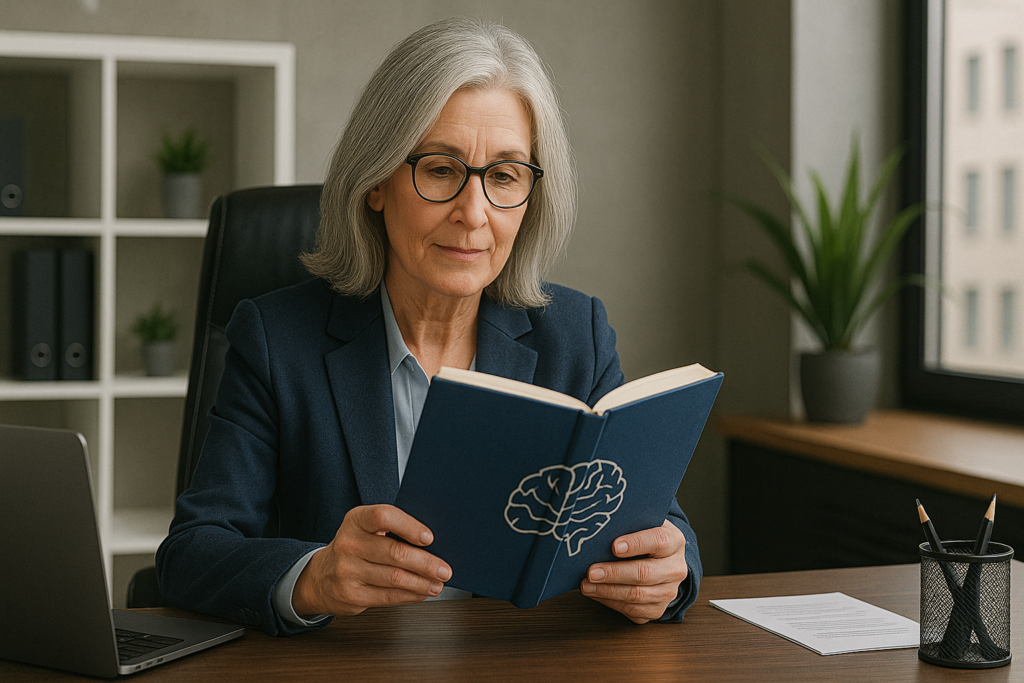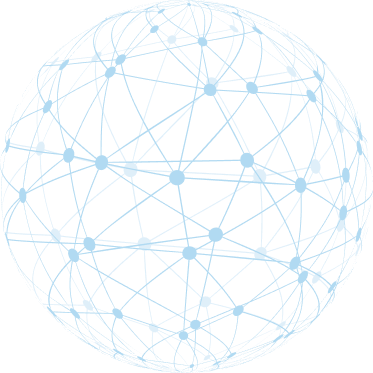We like to believe we’re rational buyers. Yet, emotional economics says otherwise. We assume we weigh our options, analyze the facts, compare the numbers—and then make a smart, logical choice. But neuroscience tells a different story.
Emotion, not logic, drives most of our purchasing decisions.
In fact, research shows that feelings play a central role in evaluating value, assessing risk, and ultimately pulling the trigger to buy. Welcome to the world of emotional economics—where understanding how people feelis just as important as understanding what they need.
The Myth of the Rational Buyer
While spreadsheets and stats matter, the decision-making process begins—and often ends—with emotion.
When buyers evaluate an option, their limbic system—the part of the brain that governs emotions and memory—is activated before the prefrontal cortex, which handles logic. This means decisions are first filtered through feelings like trust, excitement, fear, or confidence. Logic often steps in later to justify what emotion already decided.
As neuroscientist Antonio Damasio famously demonstrated:
People with damage to the emotional centers of their brain struggled to make even simple decisions—even though their logic remained intact.
3 Core Emotions That Drive Purchase Behavior
1. Desire (Anticipated Reward)
We don’t just buy products—we buy better versions of ourselves. A new tool, course, or outfit isn’t just functional—it represents a transformation. The dopaminergic reward systemlights up when buyers imagine how life will be better afterthey purchase.
✅ How to use it:
- Paint a clear vision of the outcome: “Imagine closing deals 30% faster…”
- Use before-and-after visuals to show transformation
- Use emotionally charged language that evokes aspiration (“elevate,” “unlock,” “transform”)
2. Fear (Loss Aversion & Uncertainty)
According to behavioral economics, loss aversionis twice as powerful as the potential for gain. Buyers are more motivated to avoid pain than to pursue pleasure.
Fear shows up as:
- “What if this doesn’t work?”
- “What will I lose by making the wrong decision?”
- “Will I regret this?”
✅ How to use it:
- Reframe inaction as the real risk: “Sticking with the current system could cost $100K this year alone.”
- Reduce uncertainty: Offer guarantees, clear pricing, and social proof.
- Use urgency ethically to trigger action without pressure.
3. Trust (Emotional Safety & Belonging)
No amount of features will overcome a lack of trust. Buyers need to feelthat your brand, product, or team is aligned with their values and will deliver as promised.
Trust is built through:
- Consistency
- Transparency
- Empathy
- Relatability
✅ How to use it:
- Include testimonials that highlight customer satisfaction, not just outcomes
- Mirror the buyer’s language and concerns to show understanding
- Share your “why”—not just your product’s specs
The Brain on Emotion: What Happens Neurologically?
Brain Region | Role in Emotional Economics |
Amygdala | Detects emotional intensity; triggers attention and urgency |
Ventral Striatum | Processes reward anticipation; lights up with excitement |
Insular Cortex | Registers emotional discomfort; activated by risk or doubt |
Prefrontal Cortex | Justifies decisions post-emotion; finalizes conscious choice |
This sequence matters. Emotion precedes reasoning, not the other way around. That’s why a pitch packed with logic but lacking feeling often falls flat.
Emotional Framing in Sales and Marketing
To harness emotional economics, you need to do more than describe what your product does—you need to communicate what it means.
Here’s how to shift your messaging:
Instead of… | Try framing it as… |
“Save time and money” | “Spend less time stuck in spreadsheets and more with your team” |
“Secure cloud storage” | “Sleep better knowing your data is safe” |
“24/7 customer support” | “You’ll never feel stranded again” |
Emotions are sticky. Buyers may forget the features, but they’ll remember how your message made them feel.
Applying Emotional Economics Across the Funnel
Top of Funnel (Awareness)
Focus on desire and aspiration.
✨ Inspire curiosity and possibility.
“What could your team accomplish if meetings were cut in half?”
Middle of Funnel (Consideration)
Address fear and trust.
🧠 Overcome doubt, build confidence.
“Why over 500 companies made the switch—and never looked back.”
Bottom of Funnel (Decision)
Reinforce belonging and emotional safety.
❤️ Make the buyer feel like they’re choosing more than a product—they’re choosing a partner.
“We don’t just onboard you. We grow with you.”
Final Thought
In a world overflowing with choices, logic informs—but emotion decides.
Emotional economics reminds us that behind every click, call, or contract is a human brain trying to answer a simple question:
How will this make me feel?
If you can answer that—clearly, authentically, and consistently—
you won’t just sell more.
You’ll connect deeper, convert faster, and build loyalty that logic alone could never earn.





